Best Nikon D5 Autofocus Modes
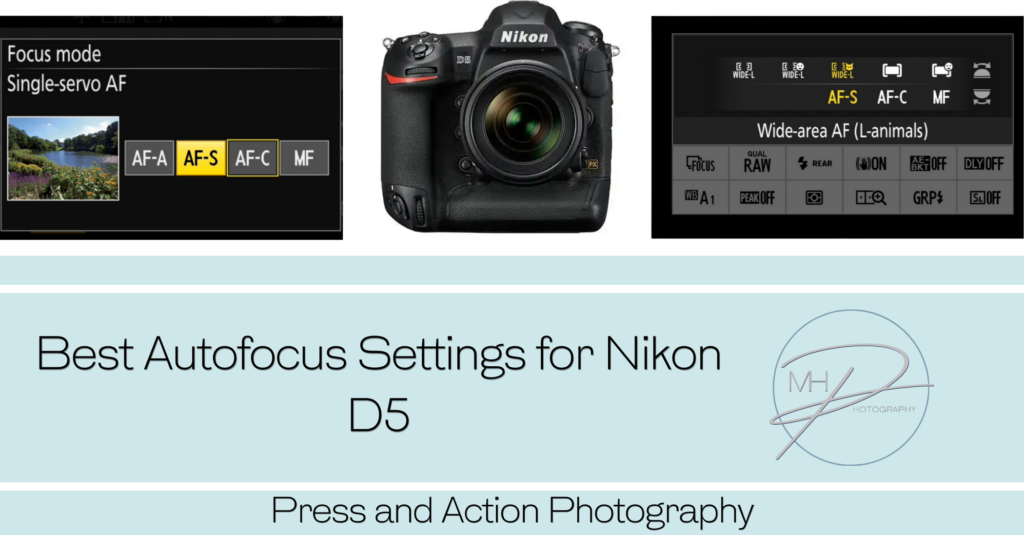
Press & Action Photography This guide provides the best AF settings for different press photography scenarios, helping you quickly adjust your Nikon D5 for optimal focus performance. 1. Understanding Autofocus Modes (AF-C, AF-S, AF-A) 2. Best AF-Area Modes for Each Scenario 3. Quick-Change AF Setup for Press Work Assign a Button to Instantly Switch AF-Area […]
Soft Light vs Hard Light

light quality In photography and videography, light quality refers to how the light interacts with subjects, specifically how it casts shadows and highlights. The two main types of light are soft light and hard light, and each creates different moods and effects in an image or scene. Here’s a professional explanation of both, with examples. […]
Best 5 Ring Lights on the Market
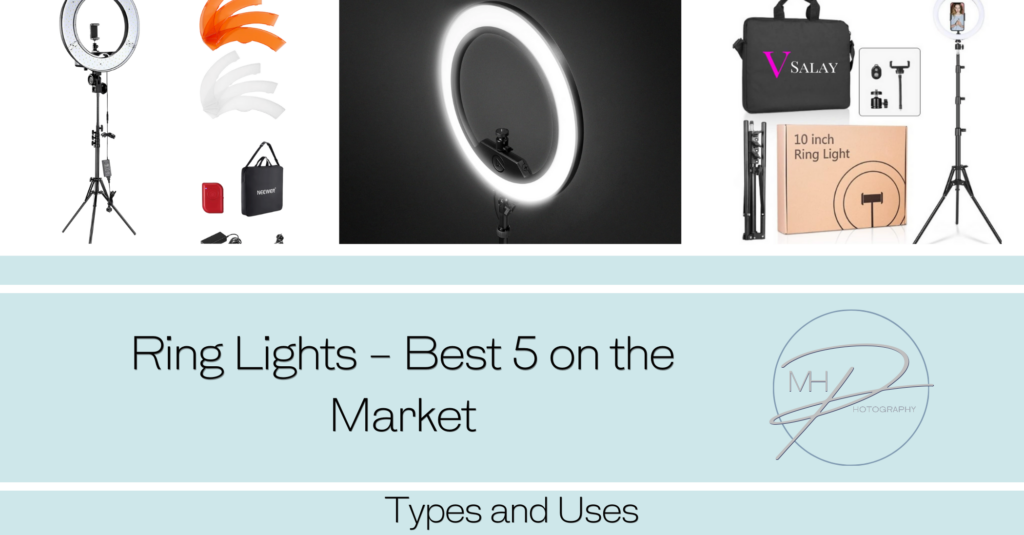
Ring lights Ring lights are a popular lighting tool among content creators, beauty professionals, and photographers because of their ability to provide soft, even lighting with minimal shadows. A ring light is a circular light source that surrounds the camera lens, making it ideal for portrait and beauty shots. Types and Uses of Ring Lights […]
Wireless Lapel vs Shotgun Mic
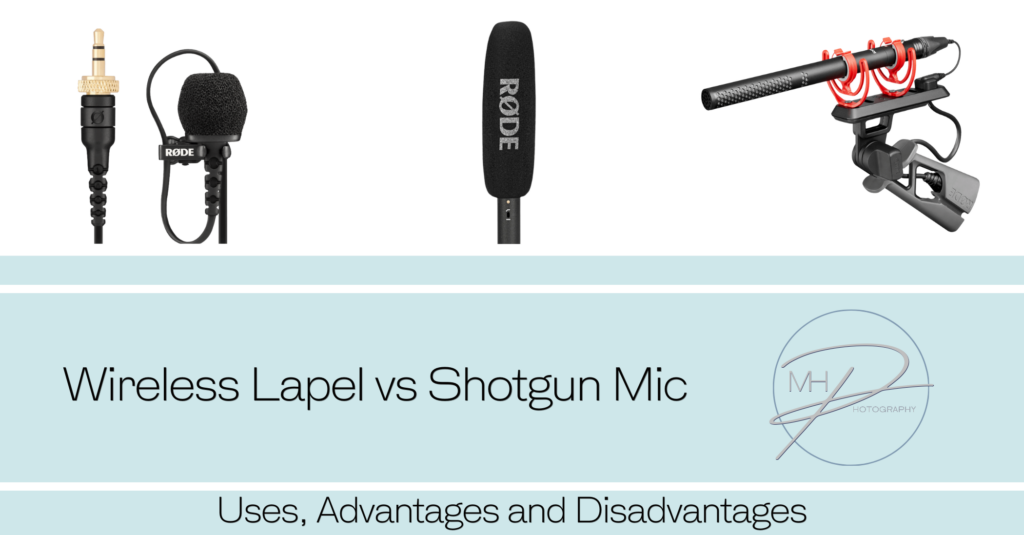
Wireless Lapel Mic (Lavalier Mic) Best For: Interviews, vlogging, on-the-go shooting, and capturing clear dialogue in a controlled environment. Advantages: Hands-Free Operation: Wireless lapel mics are clipped onto the subject’s clothing, leaving their hands free for other tasks (ideal for interviews or presentations). Mobility: The wireless design allows the subject to move freely without […]
Top 10 Camera Bags on the Market
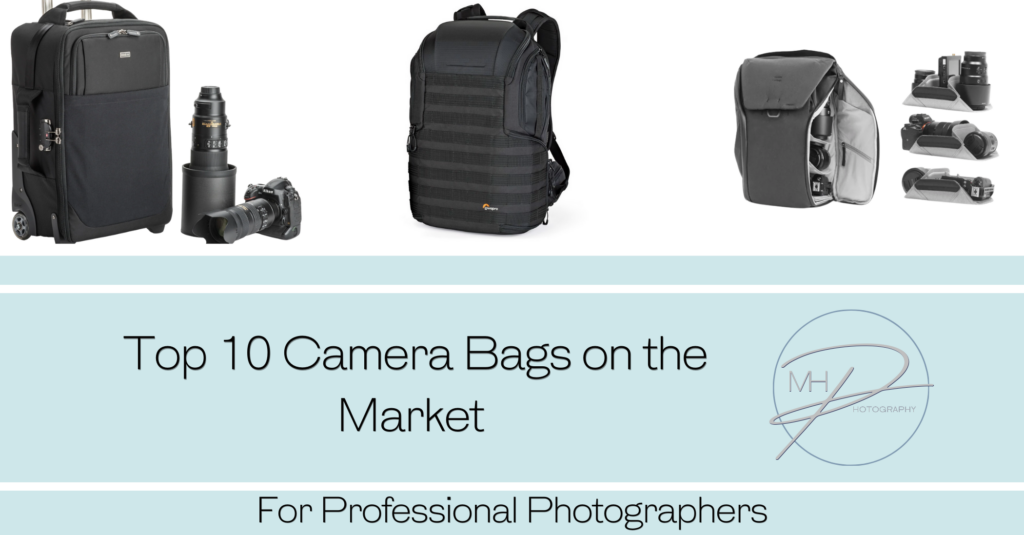
Top 10 Camera Bags Selecting the right camera bag is essential for photographers, particularly professionals who require both functionality and durability. The best camera bags offer easy access, organisation, comfort, and the ability to protect valuable gear. Below are 10 of the best camera bags on the market, each catering to different types of professional […]
Integrating SSDs and HDDs into a Professional Photographers or Videographers Workflow
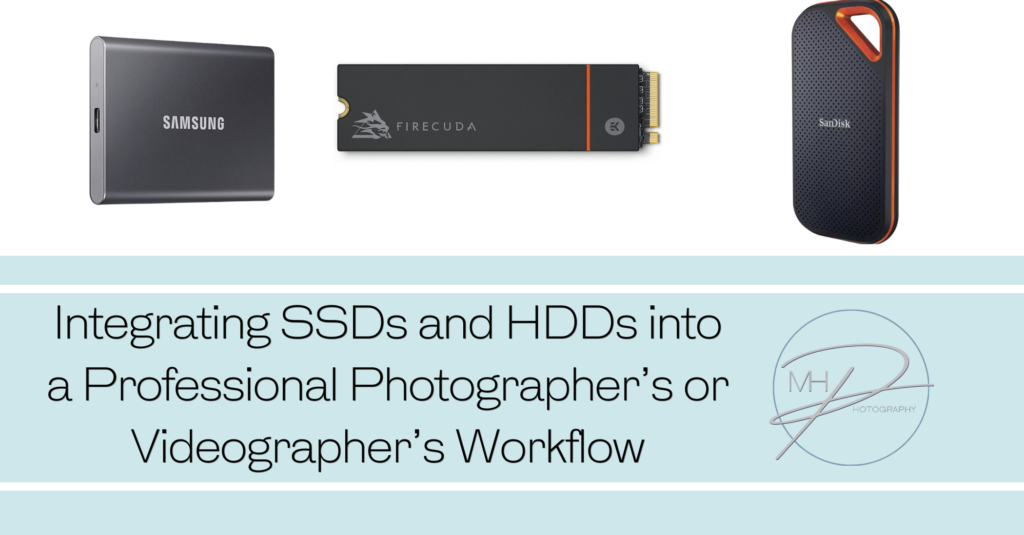
Integrating SSDs and HDDs For professional photographers and videographers, efficient storage management is crucial to both performance and organisation. Using a combination of SSDs and HDDs in your workflow can offer a perfect balance of speed, cost, and reliability. Below is a guide to integrate both types of drives effectively into a professional setup. 1. […]
The best frame rate for slow motion and why
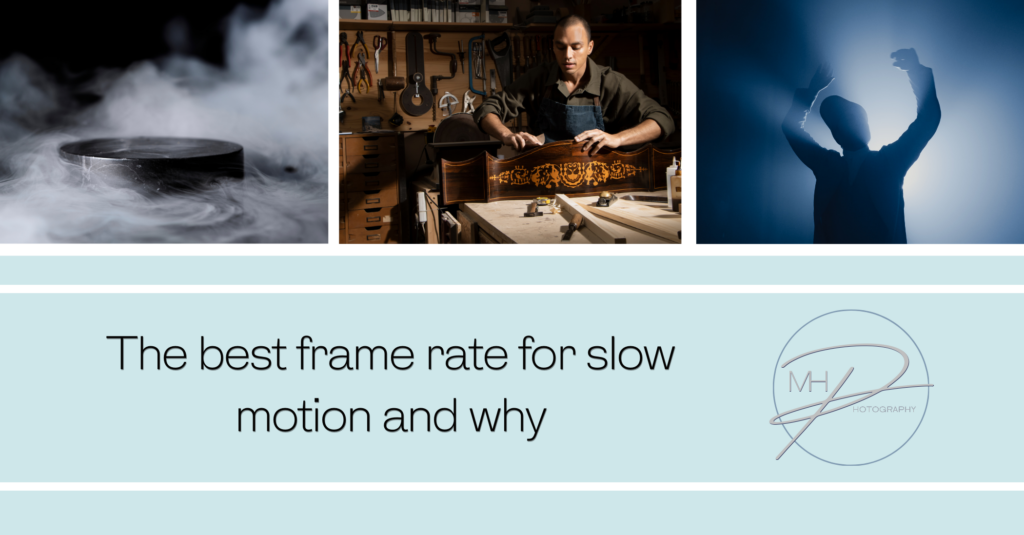
The best frame rate for slow motion and why The best frame rate for slow-motion footage typically depends on how slow you want the movement to appear. The key to slow motion is shooting at a higher frame rate than your playback speed, which is usually 24 frames per second (fps) for cinematic content or […]
The top 10 photo editing software options
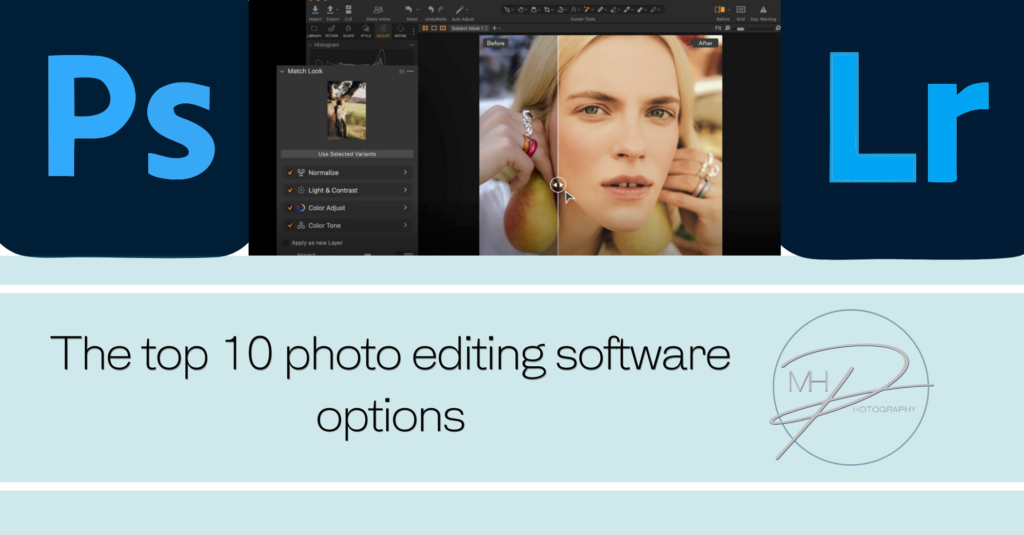
For Photographers Here’s a comparison of the top 10 photo editing software used by professionals and enthusiasts, each offering distinct features depending on the user’s needs and expertise: 1. Adobe Photoshop Platform: Windows, macOS Best for: Comprehensive photo editing, manipulation, and retouching. Features: Advanced tools for retouching, compositing, and digital painting. Layers, masks, and […]
The top 10 video editing software options
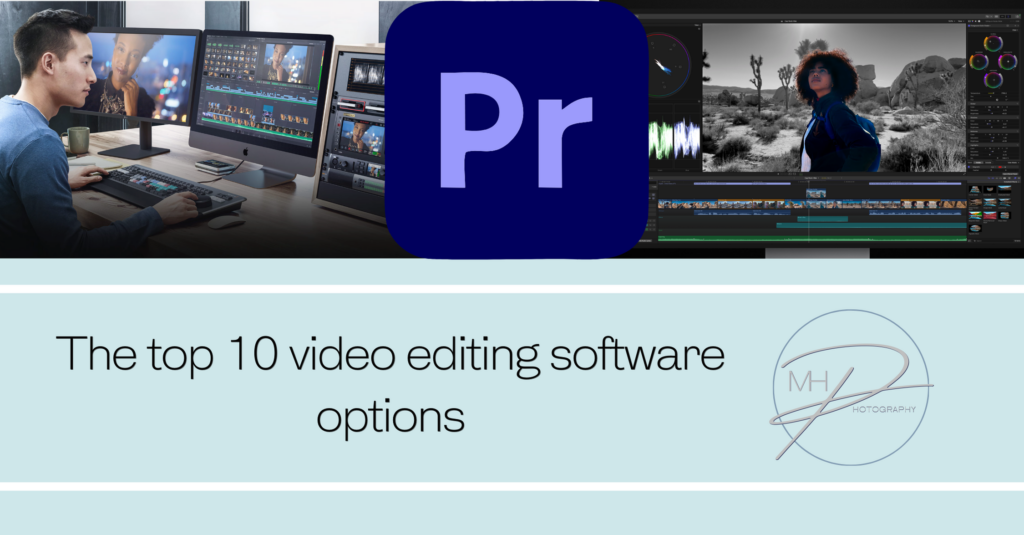
The top 10 video editing software options Here’s a detailed comparison of the top 10 video editing software used by professionals and hobbyists, focusing on their features, advantages, and disadvantages: 1. Adobe Premiere Pro Platform: Windows, macOS Best for: Professional video editing, used in film, TV, and YouTube content creation. Features: Industry-standard tools for […]
Best Memory Cards for Cameras
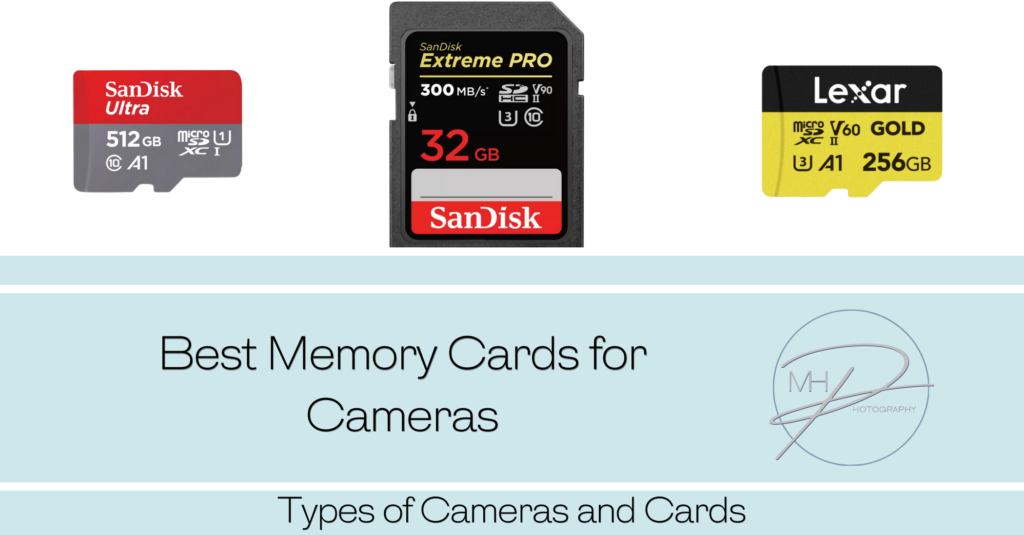
Choosing the right memory card Choosing the right memory card for your camera is critical, as it impacts both the performance and reliability of your photography or videography workflow. Different cameras support different types of memory cards, and selecting the right one is essential to ensure optimal performance. Below is an overview of the types […]